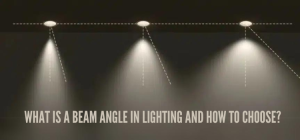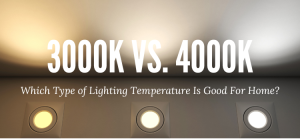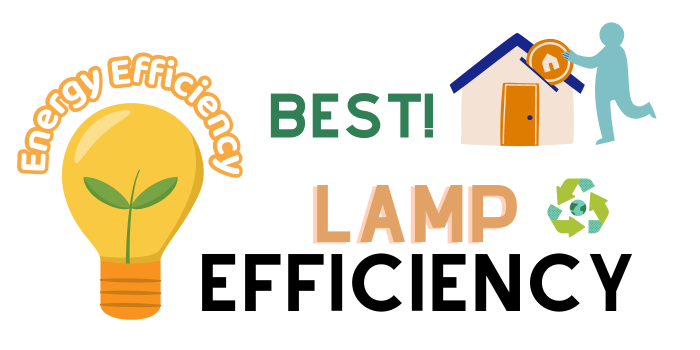
What is luminous efficiency?
Luminous efficiency is a measure of the energy efficiency of a light source, which is defined as the ratio of the luminous flux emitted by the light source (in lumens, lm) to its electrical power consumption (in watts, W), usually expressed in lumens per watt (lm/W). In other words, luminous efficacy describes how efficiently a light source converts electrical energy into light energy, with higher values indicating a more energy-efficient light source.
How to calculate luminous efficacy?
For example, if an LED bulb consumes 10 watts of electricity and emits 800 lumens of luminous flux, its luminous efficiency is 80 lumens per watt (800 lm ÷ 10 W = 80 lm/W). This means that for every watt of electricity consumed, this LED bulb produces 80 lumens of light. Comparing the luminous efficacy of different light sources can help us choose a more energy efficient lighting solution.
How to determine lamp efficacy?
Measurement of luminous efficacy usually requires specialized equipment such as integrating spheres and spectroradiometers. Integrating spheres measure the total luminous flux emitted by a light source, while spectroradiometers are used to measure the power consumption of a light source. The luminous efficacy is obtained by substituting the measured luminous flux and power consumption into the above equation.
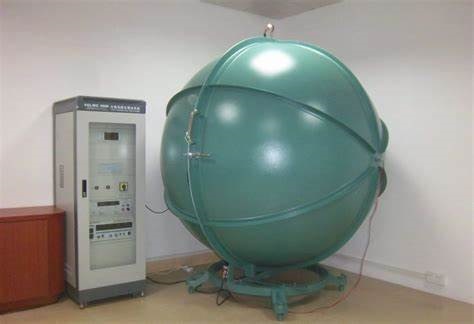
How to get the best luminous efficacy?
To obtain the best luminous efficacy, it is necessary to comprehensively consider the selection, design optimization, proper use and maintenance of lamps. Here are some practical suggestions:
Choosing a high-efficiency light source
LED lights: LEDs (light emitting diodes) are known for their high luminous efficacy, which can be as high as 100 lumens per watt (lm/W), making them the first choice for energy-efficient lighting.
Optimize luminaire design
Reflectors and Diffusers: Use high quality reflectors and diffusers to effectively direct and diffuse light, reducing losses and improving overall luminous efficacy.
Thermal management: Ensure that LED lamps have good thermal management to maintain optimal performance and lifetime, as overheating can reduce luminous efficacy.
Implementing Lighting Controls
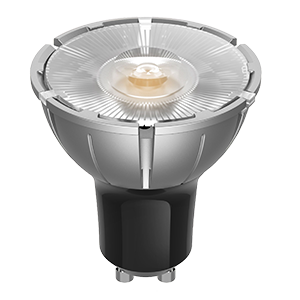
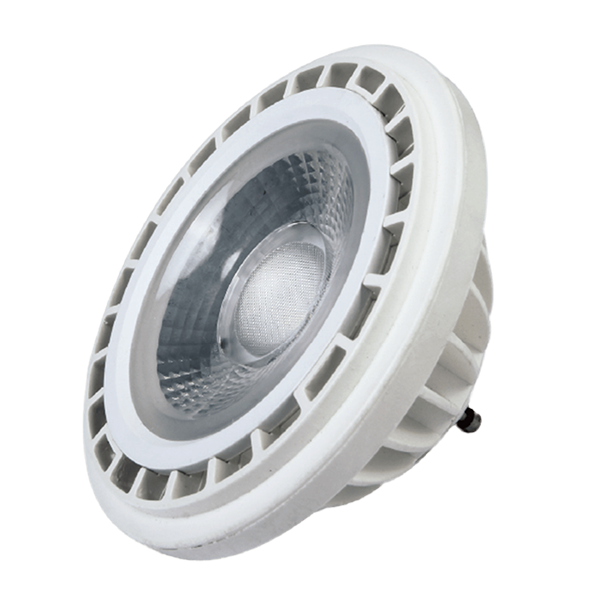
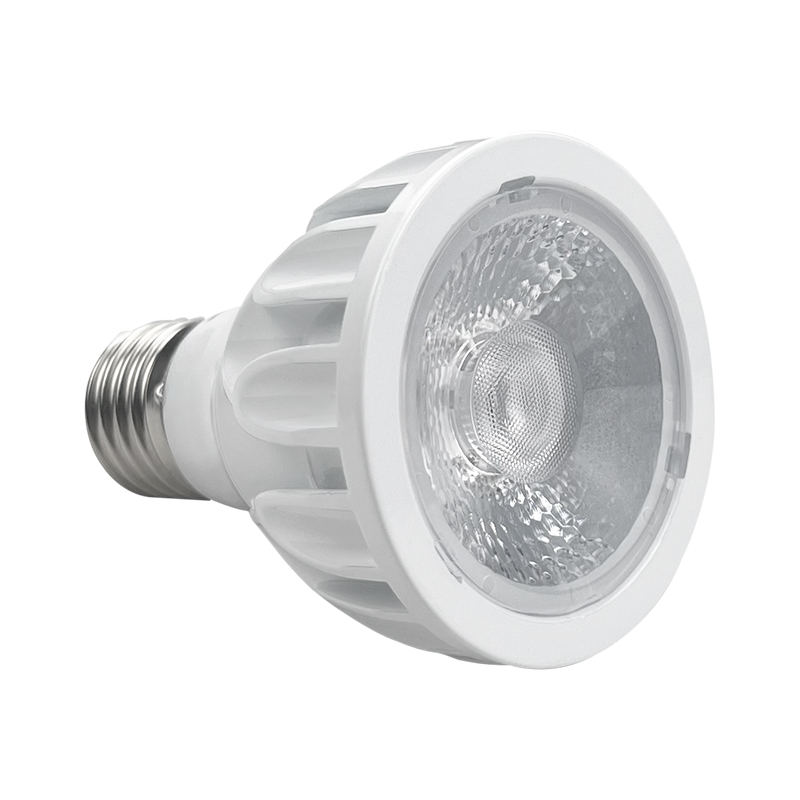
Dimming: Use dimmable fixtures to adjust brightness as needed, saving energy and improving luminous efficacy when full brightness is not needed.
Occupancy Sensors: Install occupancy sensors to turn off lights or reduce output when the space is unoccupied.
Regular Maintenance
Cleaning: Keep fixtures and bulbs clean to prevent dust and dirt from blocking light output.
Replacement: Replace aging bulbs promptly, as their luminous efficacy decreases over time.
Consider application-specific lighting
Tailor the lighting design to the specific application to ensure that light is directed where it is most needed and that the fixture is appropriate for the intended use.
Keep technology up to date
Keep an eye on advances in lighting technology, as newer models of LEDs and other light sources may offer better luminous efficacy.
Why is luminous efficacy important?
Luminous efficacy is an important measure of the energy efficiency and performance of lighting equipment, and it has a profound impact on the environment, the economy, and the user experience.
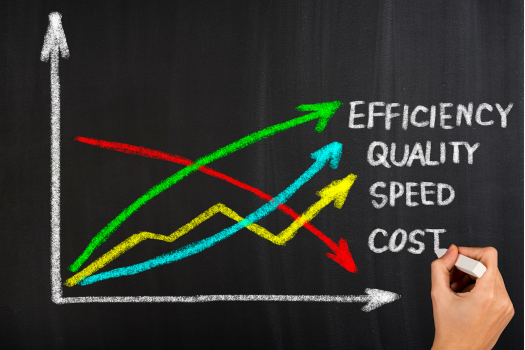
Reduced Energy Consumption: Highly luminous efficiency lighting can provide the same or even higher light output while consuming less energy, helping to reduce overall energy demand.
Reduced Carbon Emissions: By reducing energy consumption, high-efficiency lighting also helps combat climate change by reducing greenhouse gas emissions associated with electricity production.
Lower Electricity Bills: The use of high luminous efficacy lighting solutions can significantly reduce electricity bills in homes and businesses.
Reduce Replacement and Maintenance Costs: High luminous efficacy fixtures often mean a longer lifespan, which can reduce the frequency of replacement and maintenance and the associated costs.
Improve visual experience: Light sources with high luminous efficacy tend to provide better light quality, including color temperature, color rendering, and luminance uniformity, which can help improve the visual experience in living and working spaces.
Enhance health and safety: Quality lighting can reduce eye strain and improve people’s comfort and efficiency at work and school. At the same time, proper lighting can also enhance the safety of public spaces and roads.
Conclusion
In conclusion, luminous efficiency is a key indicator for evaluating the performance of light sources and plays an important role in realizing energy saving, environmental protection and economic benefits. The selection and use of light sources with high luminous efficacy contributes to the creation of a more sustainable lighting environment.

